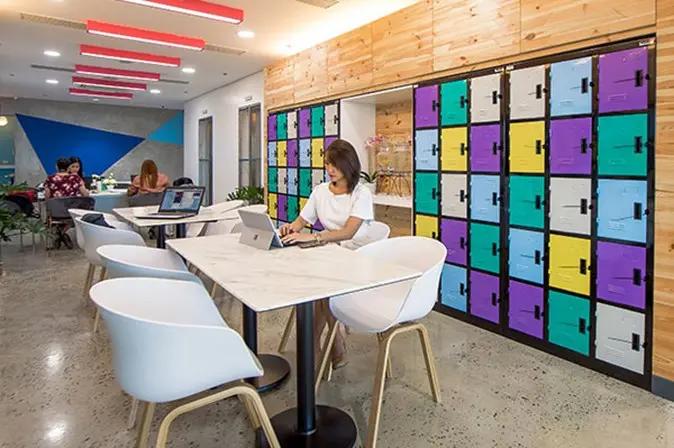How Businesses can Cope through Flexibility in Workspaces
By Marella Gimenez | 05/08/2020

With lockdown orders nearing an end, majority of the workforce are gearing up to return to the office and get back to business as usual. However, office workers may notice some major changes being implemented in their workspaces, as their companies do their best in adhering to the health and social distancing guidelines of the government and the World Health Organization (WHO). Marked pathways, visual cues, and an increase in sanitation stations will become the new norm around the office and a change in layout design that will give workers the space to distance themselves from each other. Less dense and open spaces in the workspace will limit having to work in close range with each other as well as successfully moving all face-to-face interactions to digital channels. Office and building administrations will also greatly increase cleaning and sanitation of commonly used areas and items such as door knobs, elevator buttons, light switches, table tops, and other office equipment.
1. It’s Not Business As Usual
During the lockdown period, only essential businesses such as drugstores and groceries were allowed to run, leaving alternative working environments such as coworking spaces closed along with all the other offices. Although flexible workspace operators may have been forced to shut down operations over the last few weeks, they may see a rise in users again once lockdown orders are over. With the economy taking a huge hit from businesses having to shut everything down, corporations are more inclined to look for ways to cut their losses and save what they can. Layoffs and freeze hiring of new staff are likely to happen, with demand for office real estate also dropping since businesses have stopped running.
2. Flexible Workspaces As a Plan B

The modern workforce has proven that working from home is highly doable, with recent digital innovations making it possible to store data online and interact with colleagues virtually. The decrease in office space demand can be attributed to these major factors of office workers adapting to working from home and the increase in projected layoffs. However, companies who are looking to downscale their offices could look to flexible workspaces and coworking spaces as a suitable alternative, especially with the advantage of their flexible short-term leases. Although there may be less of a need now for a physical office space while office workers are doing their work remotely, companies may also need to look for second spaces to de-densify their offices and for employees to effectively practice social distancing.
Despite lockdown orders loosening, road blockages and stricter checkpoints may also drive other workers to look for a temporary workspace free of distractions and closer to home. As flexible workspaces provide a convenient and attractive alternative, operators will also have to implement some major changes for them to survive. Known for its communal, shared spaces, they may have to double down on sanitation as well as look into building more private corners and offices. Limiting memberships and the number of people occupying the space will also additionally become a requirement.
Even if it's too soon to tell if the flexible workspace industry will take a major hit in the middle of the pandemic, the uncertainty it has caused leaves companies rethinking if their current space is enough to handle all their rapidly-changing needs. In this time of crisis, flexible spaces have emphasized the importance of flexibility for businesses wanting to quickly adapt in difficult situations. Letting their employees work from their personal space or closer to home has already proven that it's possible to still keep business running if they are able to adapt accordingly. Companies who quickly adopt the new normal will also keep their people safe and help them do their part in weathering this crisis.